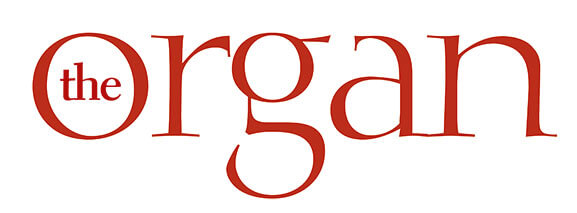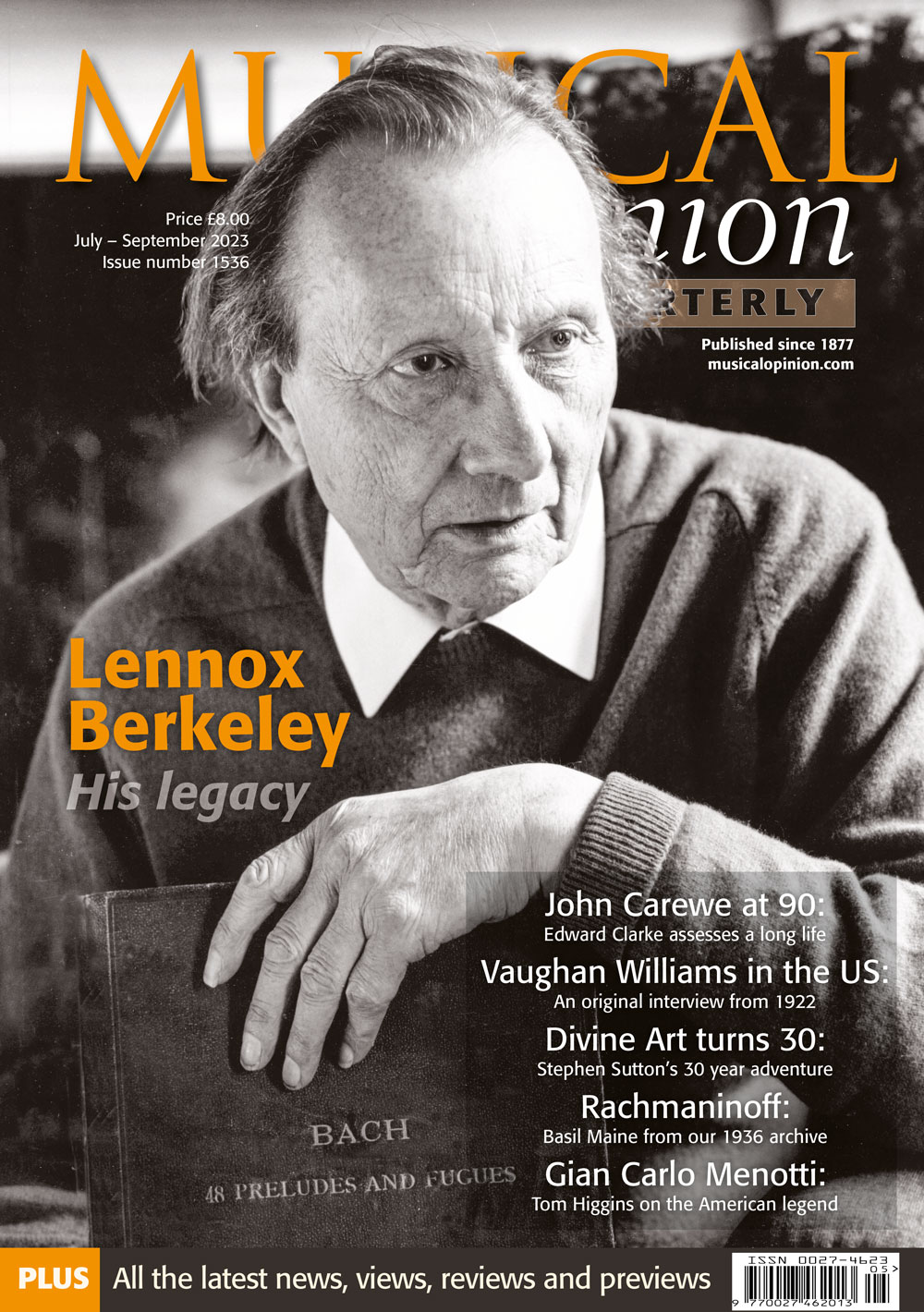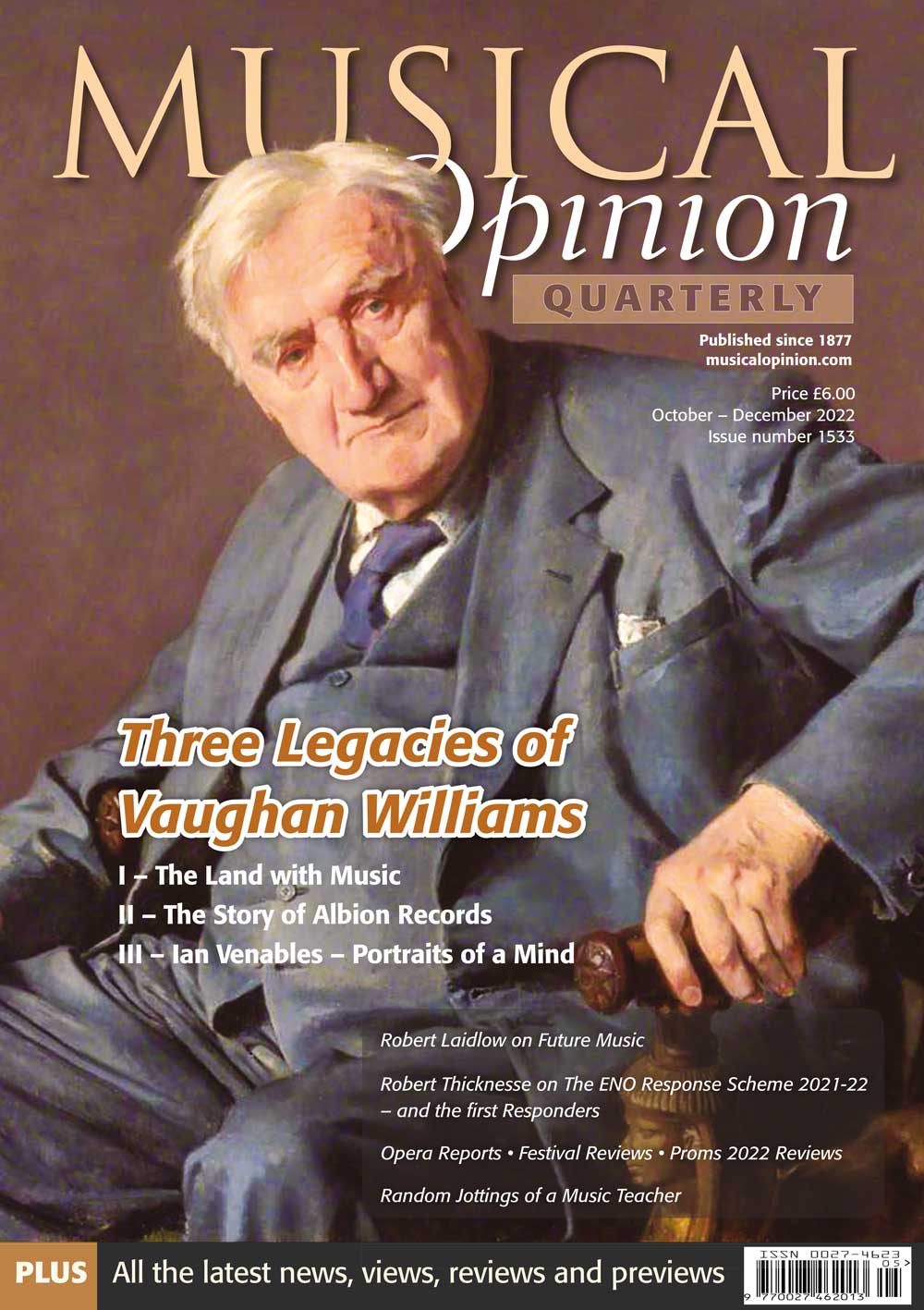

Current Issue
Previous Issues
Autumn 2024. Issue 410
Summer 2024. Issue 409
Suite de Pièces pour Violon et Orgue
Spring 2024. 408
Winter 2024. 407
Autumn 2023. 406
Summer 2023. 405
Spring 2023. 404
Winter 2023. 403
Autumn 2022. 402
Spring 2021. 400
Winter 2021. 399
Autumn 2021. 398
Whilst staying at A4 size and 56 pages, the magazine has been completely redesigned with different fonts (more easy to read), bigger photopgraphs, more focus on things like specifications and more CD reviews of organ repertoire.
Summer 2021. 397
Winter 2021. 395
Spring 2021. 396
Autumn 2020. 394
Summer 2020. 393
Spring 2020. 392
Winter 2019. 390
Autumn 2019. 389
Explore By Topic
Summer 2022. 401
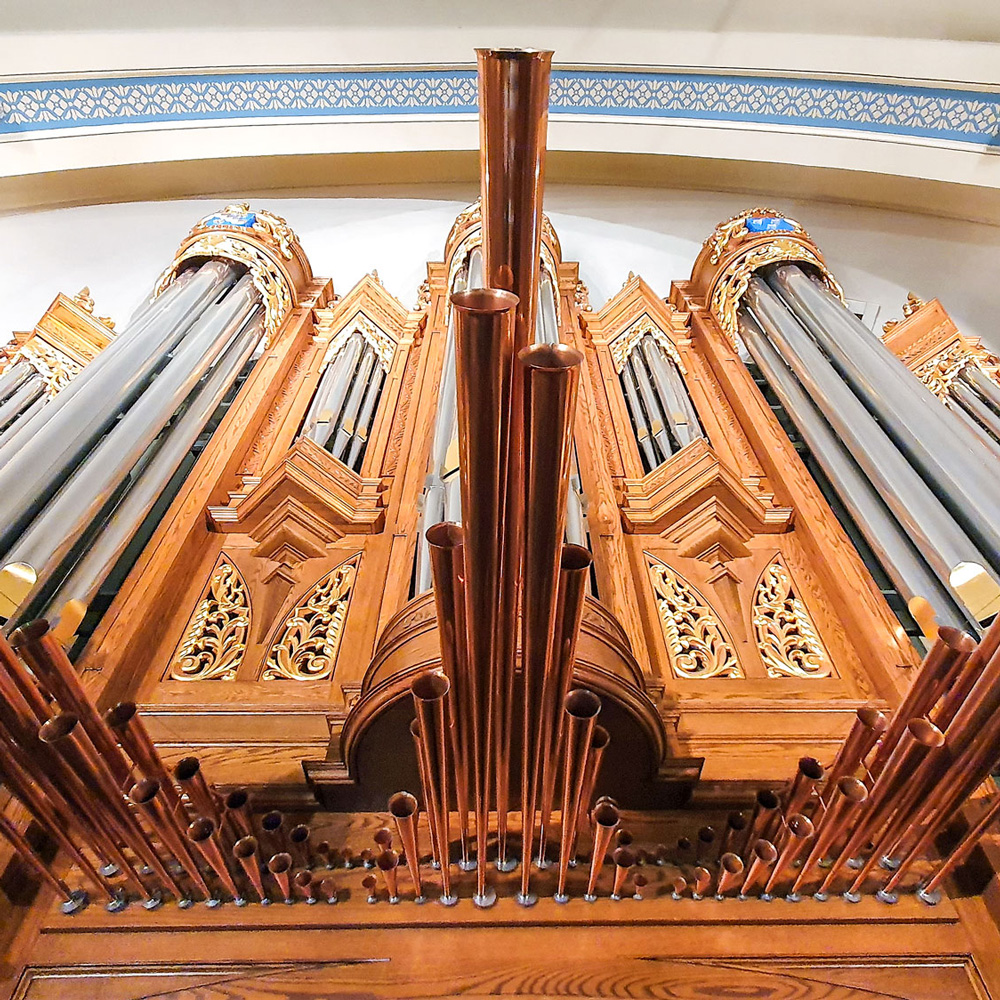
Casavant Company and their heritage
Dr Michał Szostak
During my recital tour on the East Coast of the United States and Canada in April-May 2022, I was astonished by the many excellent instruments built by one of the finest Canadian organ companies – Casavant Frères. In this article, I shall describe the 143-year history and magnificent heritage of this company and present the ranking of the ten largest Canadian organs in which the instruments from this finest workshop held almost all ranks.
The 19th century was a milestone period in the history of organ building. Esthetic changes, leading to treating the organ as an orchestral instrument, uncovered many technical and sound inventions that spread worldwide quickly. Joseph Casavant (1807-1874) was the first organ builder born in Canada. His sons, Joseph-Claver (1855-1933) and Samuel-Marie (1859-1929) started organ building in their father’s shop under Eusèbe Brodeur, the father’s successor. Claver worked with Brodeur from 1874 to 1878, then went to France for a 14-month apprenticeship with the firm of John Abbey in Versailles. He and Samuel then visited many organs and workshops in western Europe before establishing their factory in 1879 on the site of their father’s workshop at rue Girouard in Saint-Hyacinthe, Quebec, Canada. WiTH FULL SPECIFICATIONS
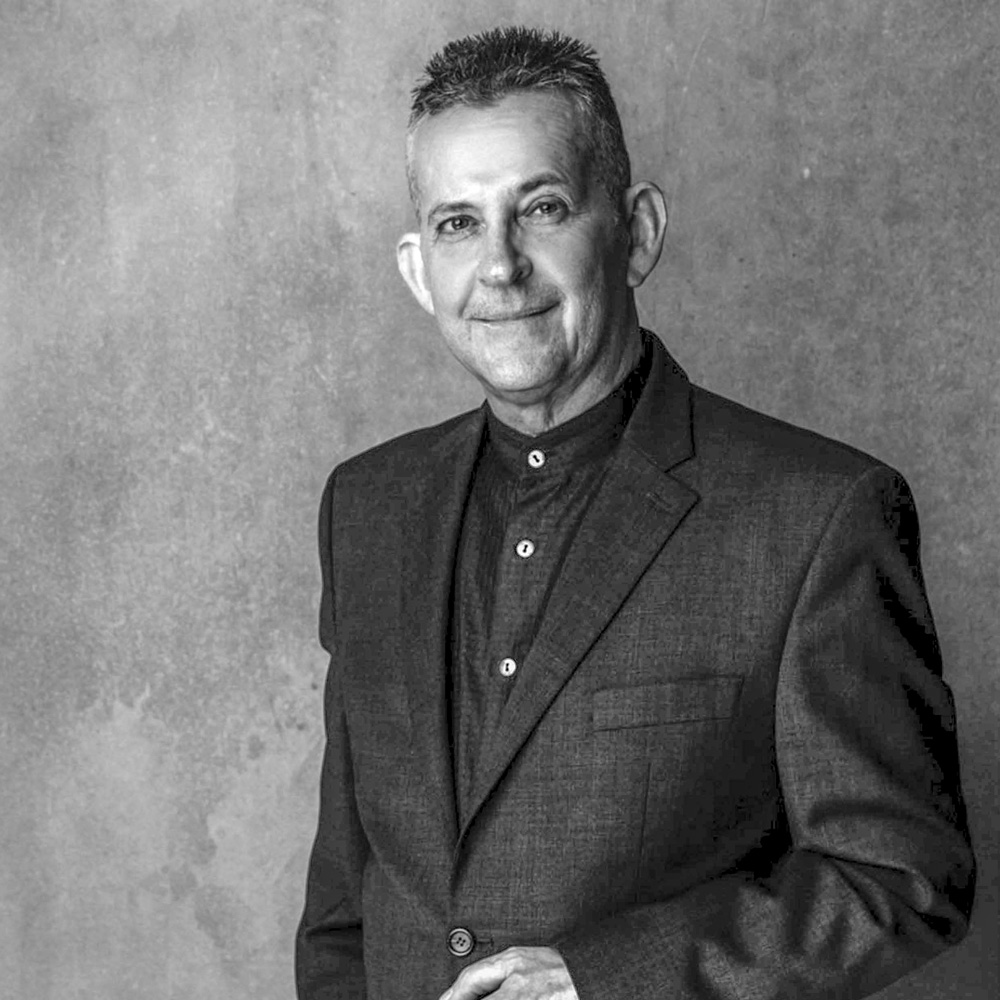
Axel Ruoff: A Survey of his Complete Works for Organ – Part III
Cornelis Witthoefft
This third part of the survey of Axel Ruoff’s complete organ works is concerned with five compositions for organ and one other instrument, in alternation with four chorale preludes. Although the chorale preludes are absolute music (as far as their titles allow one to presume, at least), the remaining three duo works follow extra-musical ideas, as is evident from their titles, just as this composer’s organ music in general contains, more often than not, a spiritual core and is inspired by biblical or lyrical texts, recounted incidents or images. In his chorale preludes, one of the essential genres of the organ repertoire, Ruoff took a decisive stand in the context of a centuries-old tradition. With his compositions for one instrument and organ he successfully created a mixed genre, for they belong equally to chamber music, in which both partners interact on an equal footing, and to concertante music, in that the respective solo instrument is presented in particularly idiomatic writing, and the organ, so rich in colour, can take the place of the orchestra.
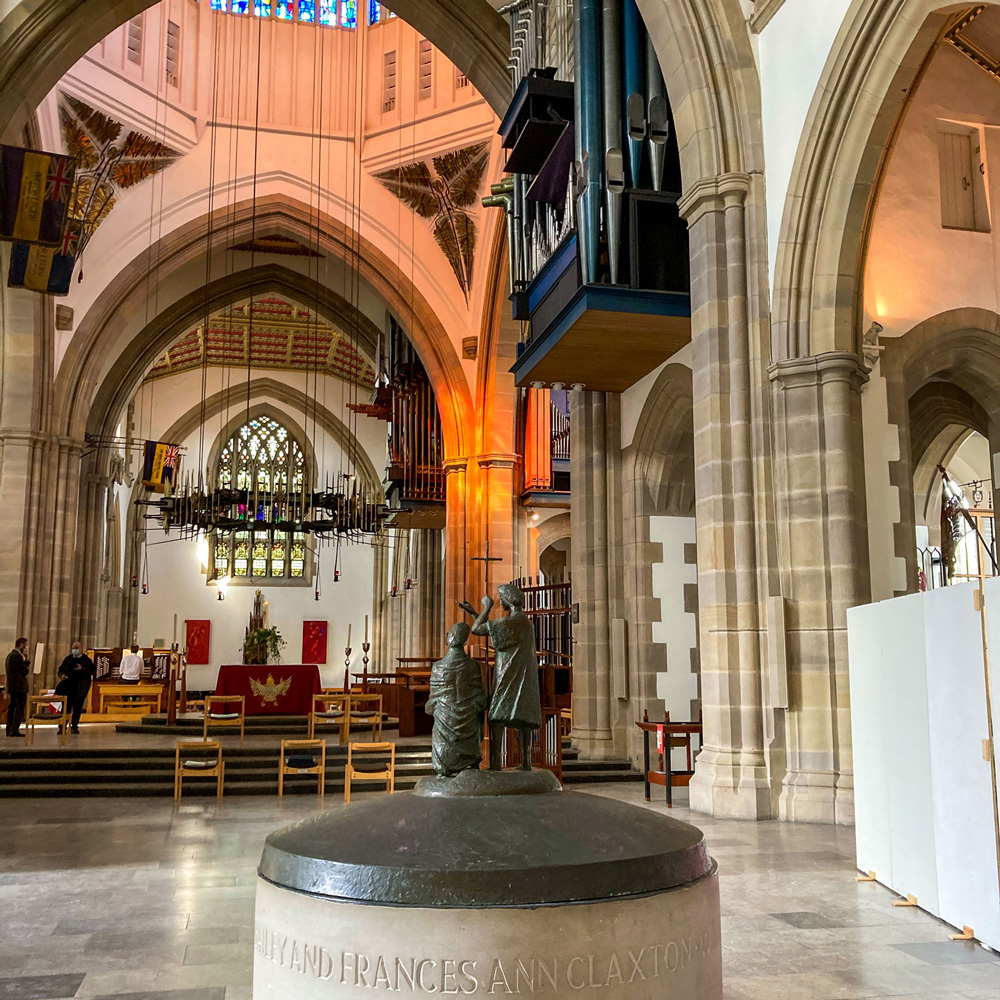
Laus Deo’ – Celebrating 50 years of Blackburn Cathedral Organ
John Robinson
To try and understand the events surrounding our attempts (and ultimate success!) in making a 50th anniversary recording of Blackburn Cathedral Organ, a forensic examination of schedules and emails, spanning well over two years before its eventual release date, would be necessary! I’m not going to put anyone through such a read. Normally, one sets a date, does some organ practice, and tries to play the right notes. Not so this time. The last few years in church music have been an absolute blur of postponements, false-hopes, set-backs, and significant shifts in demographics and communities.
Against this backdrop, pretty much everyone involved in making our 50th anniversary recording got COVID, some much more seriously than others. Nobody: organist, organ tuners, or record producers, was exempt. It felt rather as if there was no way this recording could possibly ever get made! WITH FULL SPECIFICATION
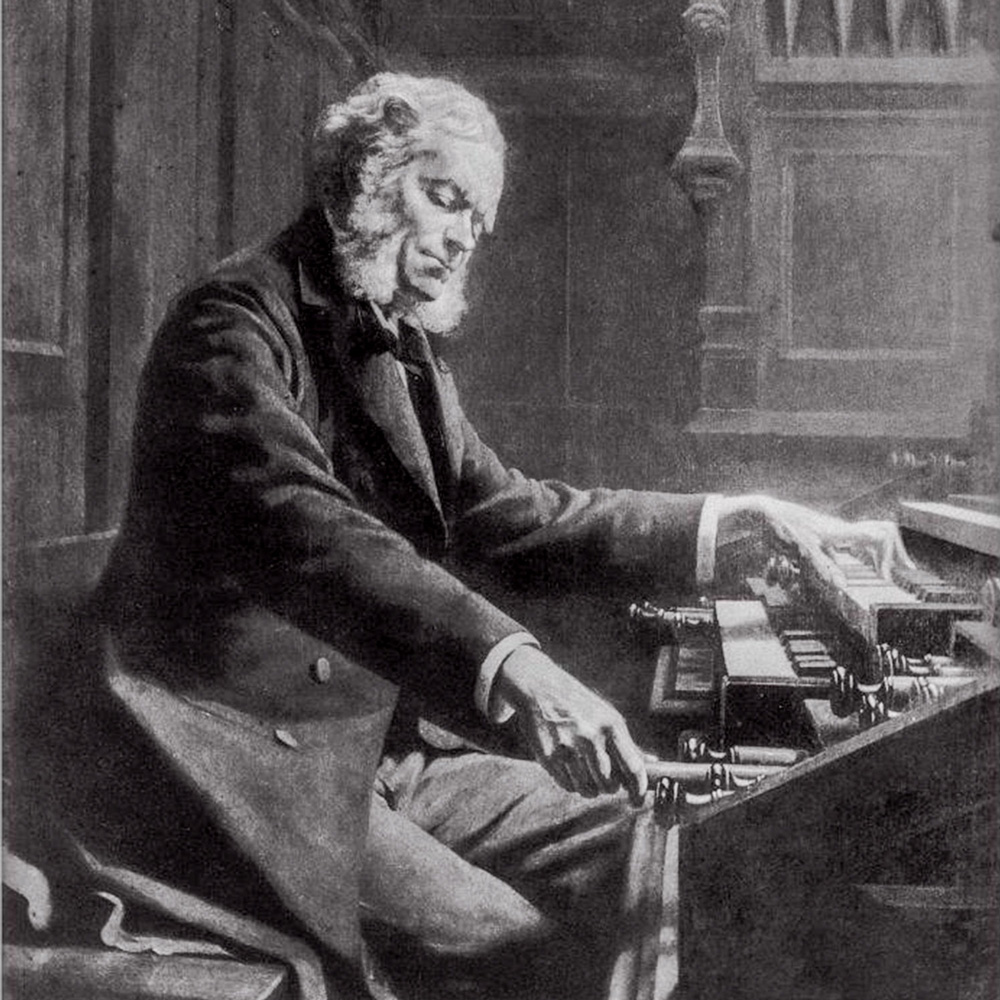
Aspects of César Franck: some bicentenary reflections on aspect of his life’s-work and its relevance to his organ music
Robert Matthew-Walker
At the time of César Franck’s death in 1890 at the age of 68 he was regarded as one of the most significant of all French composers of the day, with orchestral music, music for organ and chamber music, as well as a number of operatic works – alongside his much-admired teaching abilities at the Paris Conservatoire – being frequently performed. The appreciation of his music continued long after Franck’s death, in the concert hall founded especially upon his Symphony and Symphonic Variations for piano and orchestra; and in the recital room, his Violin Sonata and String Quartet were in the repertoires of all leading violinists and chamber music ensembles.
In 1928, George Gershwin attended the European premiere of his Piano Concerto in F, with Dmitri Tiomkin as soloist with the Paris Opéra Orchestra conducted by Vladimir Golschmann. The concert ended with César Franck’s Symphony in D minor. This was by no means the only time the Symphony concluded a concert containing a Gershwin premiere, but its inclusion at that time is indicative of the esteem and popularity Franck’s music continued to enjoy in the decades following his passing.

The Organ of St Clements, near Eastcheap
Charles Stowe (1905)
One of the first churches to be destroyed in the Great Fire of 1666 – which, beginning in Pudding Lane, where the Monument now stands, and at once spread northwards – was that of St Clements, Eastcheap. In those days, there being no King William Street, Eastcheap extended as far as St Clements Church. In those days (all change of long established precedent being slow in the City) the ancient topographical preposition ‘Eastcheap’ is still attached to St Clements Church very often without the qualifying preposition ‘near’; to the great bewilderment of postmen, policemen, and other public officials whose knowledge of London is expected to be – like that of Mr Samuel Weller – both ‘extensive and peculiar.’ On this spot, at the corner of Clement’s Lane and King William Street, a church has stood for more than a thousand years. Stow dismisses ‘S. Clement in Eastcheap’ in a few words, thus:
“This is a small church, void of monuments, other than of Francis Barnham, alderman, who deceased 1575, and of Benedicke Barnham, his son, alderman also, 1598. William Chartney and William Overie founded a chantry there.” WITH FULL SPECIFICATION
